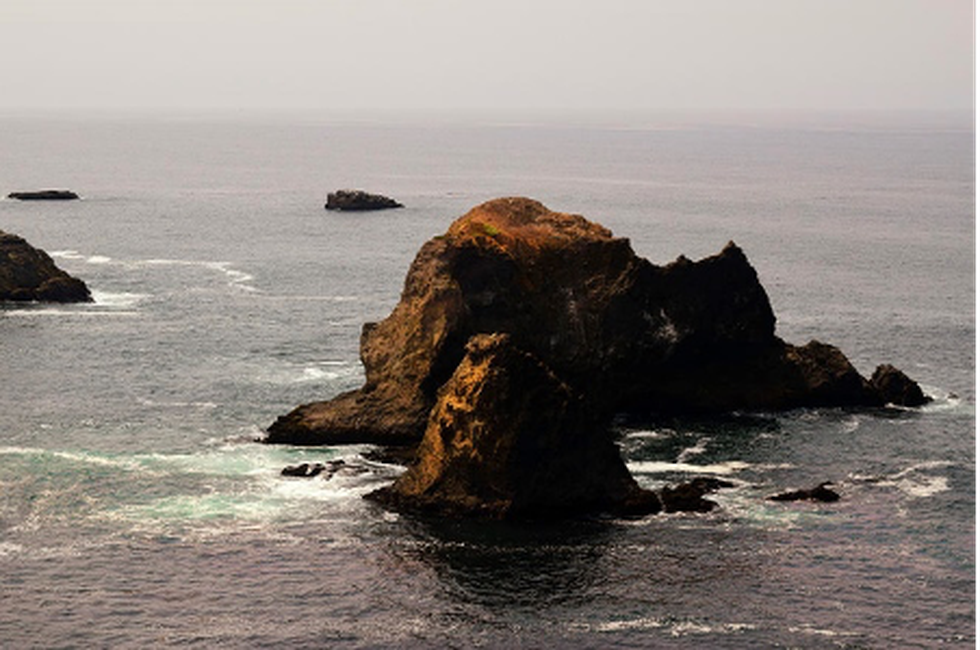About Seamounts:
- It is an underwater mountain formed through volcanic activity.
- These are recognised as hotspots for marine life. Like volcanoes on land, seamounts can be active, extinct or dormant volcanoes.
- These are formed near mid-ocean ridges, where the earth’s tectonic plates are moving apart, allowing molten rock to rise to the seafloor.
- The planet’s two most-studied mid-ocean ridges are the Mid-Atlantic Ridge and the East Pacific Rise.
- Some seamounts have also been found near intraplate hotspots – regions of heavy volcanic activity within a plate – and oceanic island chains with a volcanic and seismic activity called island arcs.
- Significance of seamounts
- They provide information about the mantle’s composition and how tectonic plates evolve.
- Oceanographers also study seamounts to understand their influence on how water circulates and absorbs heat and carbon dioxide.
- Seamounts are home to diverse biological communities. They are good places for life because they can cause localised ocean upwelling – the process by which nutrient-rich water from deep within the ocean moves up to the surface.
Key Facts about the Mid-Atlantic Ridge
- It is the largest geological feature on the planet.
- It is a mostly underwater mountain range in the Atlantic Ocean.
- It is about 3 km in height above the ocean floor and 1000 to 1500 km wide, has numerous transform faults and an axial rift valley along its length.
- It separates the North American Plate from the Eurasian Plate in the North Atlantic and the South American Plate from the African Plate in the South Atlantic
